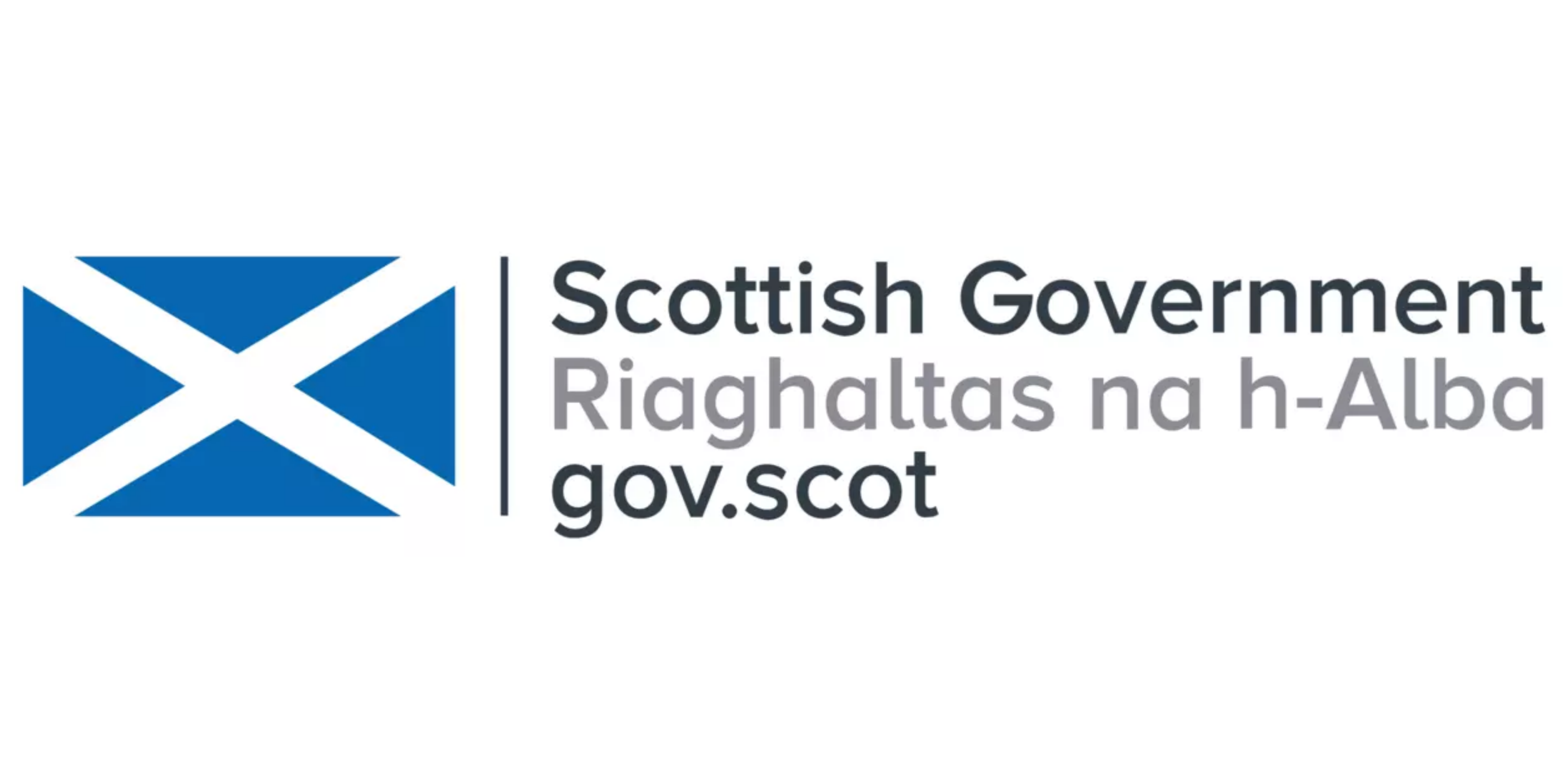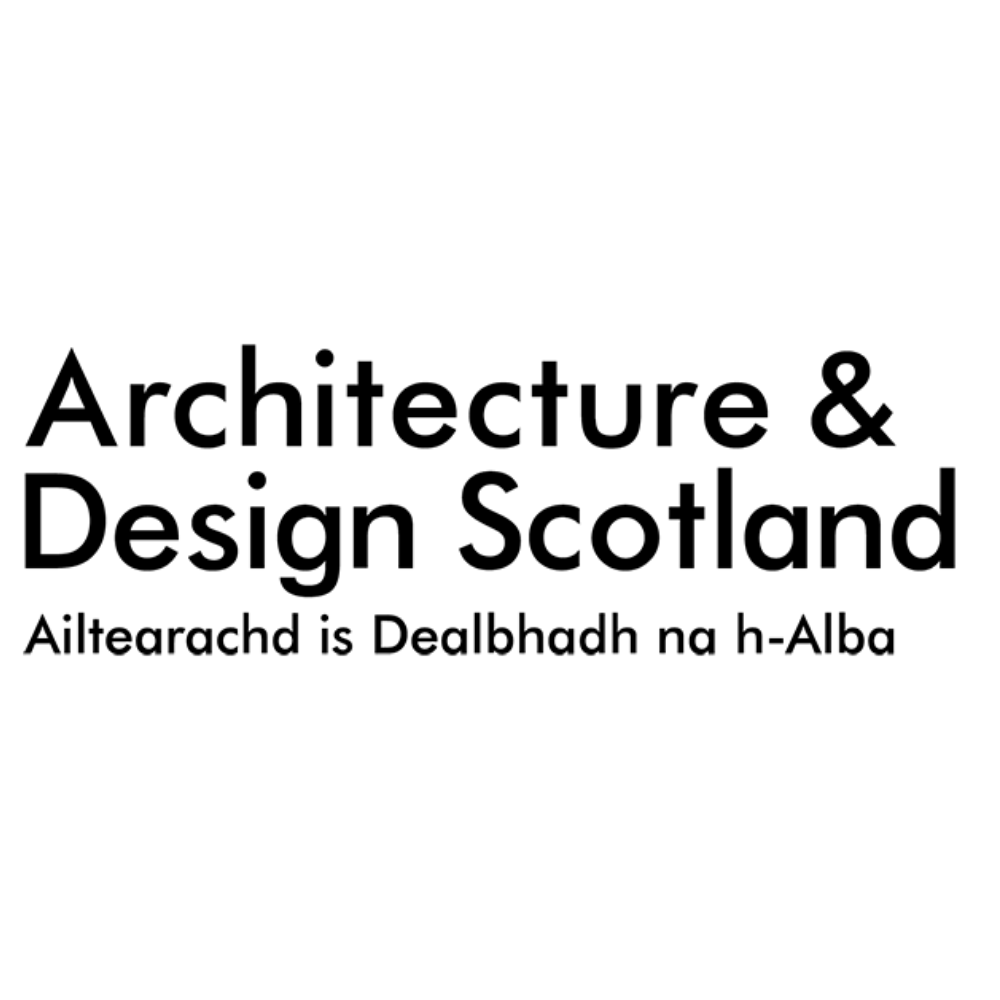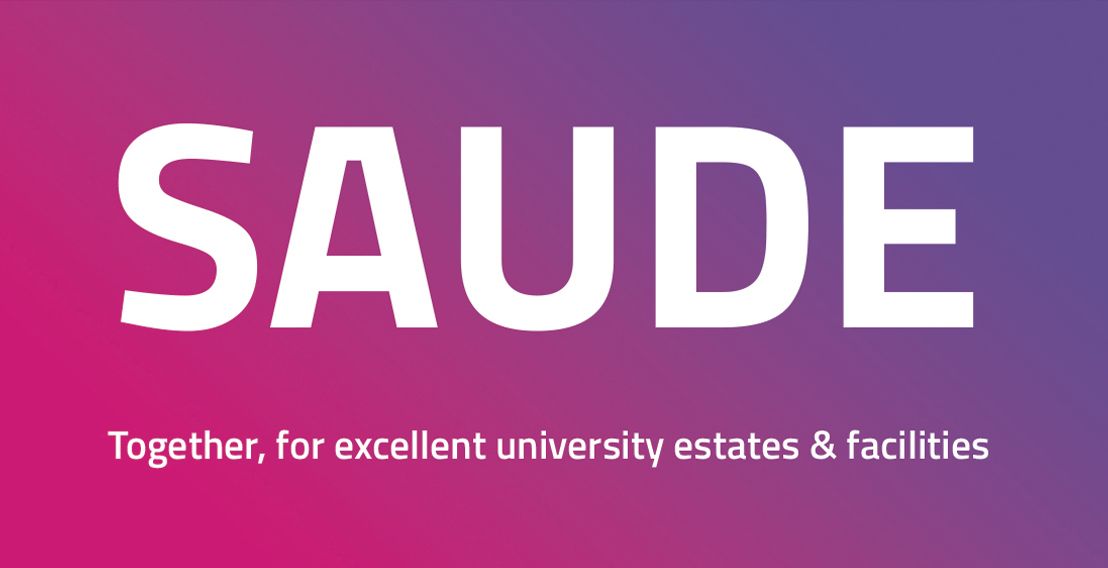Learning Places Scotland 2021 – Key Themes
Learning Places Scotland 2021 – Key Themes
About Learning Places Scotland
Learning Places Scotland is an annual event which, in partnership with the Scottish Government, brings the education sector and learning community together. It’s all about discovering ways to transform and refine internal and external learning environments into sustainable and adaptive spaces.
The event covers topics such as funding, design, build, maintenance and management of early years, schools, colleges and universities across Scotland – relevant to both new builds and refurbishments. With the ever expanding digital arena, and achieving net zero and improving sustainability as well as adapting to the pandemic’s challenges, Learning Places Scotland will continue to provide an opportunity to innovate the future of the learning estate in the coming years.
Learning Places Scotland 2021
Returning to celebrate its 4th year, Learning Places Scotland 2021 finally took place in person, in November, welcoming back the education community. There were presentations from keynote speakers including representatives from Glasgow City Council, Education Scotland and Microsoft UK as well as a learner led discussion by pupils from West Calder High School, and many other leaders throughout the education sector.
Special thanks and appreciation goes out to our event partner, the Scottish Government; as well as our event sponsors: ATKINS, Morrison Construction, VELUX, Portakabin and Space Zero; and event supporters: Architecture & Design Scotland, Glasgow Convention Bureau, Scottish Futures Trust and the five hubs. Without their support, this event would not have been possible.
Attendees expressed why Learning Places Scotland is important to them:
- “The final session was outstanding with the students passionately stating their desire for Equity, Sharing and Adapting what we have in existing spaces!”
- “Speaking to and sharing ideas with colleagues face-to-face again was a very welcome end to the year”
- “As an exhibitor, it was great to network with clients in a safe environment and to see the range of other exhibitors on display and to have the chance to hear about new products and service offerings in the education sector”
With over 35 exhibits and more than 80 speakers, across three stages, there was a wealth of material available, particularly relevant to the overarching theme of the event “connected learning and stronger communities”. Sessions were based around five sub-themes: suitable, sustainable estate, low carbon, inclusive growth and digital estate.
Suitable
As a result of the Covid-19 pandemic, the way in which we learn, work and live has changed radically. We have had to adapt our learning spaces to be agile and appropriate to undergo learning activities, from outdoor spaces to protect well-being to well-equipped spaces with strong internet connections to make use of digital resources. To determine what is suitable to meet young people’s needs, particularly post-Covid, every child, young person and family need to have a say. This consultation provides insight into what the needs and aspirations are, as well as giving young people a sense of empowerment and agency in their learning and physical surroundings. Particularly over the pandemic, young people reported having a sense of freedom and flexibility in their learning. One example that was presented was a ‘Shared and Agile Learning Space Design Toolkit’, developed in partnership between Edinburgh University, the City of Edinburgh Council and Architecture & Design Scotland, that addresses this freedom and flexibility. The toolkit empowers users (i.e. staff and pupils) to determine how and where their learning takes place, and uses pictorial symbols to represent different learning methods, for example the ‘cave’ represents independent learning.
Sustainable Estate
With the 2045 net zero deadline fast approaching, embodied and operational carbon must be addressed, in both new builds and refurbishment projects. Similar to the theme ‘low carbon’, to tackle operational carbon, the end users play a crucial role. East Ayrshire’s Barony Campus Project – a new build – used a locally supplied biomass heating system which has helped save 1,700 tonnes of CO2 and an annual reduction in fuel costs of £250,000. Embodied carbon, on the other hand, is a more complicated matter: thorough planning and choice of materials and supplies are critical here. Refurbishing existing stock to improve building performance through updating the fabric is also a testament to sustainability, especially in historic buildings, with regard to embodied carbon. Ayr Grammar Primary School was a prime example of this. Throughout the entire renovation it was important to retain as much of the existing fabric as possible: stonework was cleaned and repaired, timber panelling and tiles were refurbished, windows were replaced to improve insulation. Doing so not only provides environmental benefits, but also retains and celebrates the learning establishment’s identity within its community.
Low Carbon
Scotland’s target of achieving net zero is 2045. To achieve this goal, however, evidence-based decisions are critical via comprehensive data collection.
An example of a case study discussed was two new build facilities delivered in Bathgate, namely Blackridge Primary and St. Mary’s Primary. This is an energy comparison project, comparing traditional design (St. Mary’s) versus Passivhaus (Blackridge). The projects’ extensive 3-year Post Occupancy Evaluation (POE) is underway to gather both quantitative and qualitative data to measure building quality, performance and user behaviours. The results of this POE will be fundamental to inform future projects and deliver evidence to improve standards. It will also indicate whether users are using the building as intended, as educating end users will significantly contribute to achieving net zero in operation in the coming years.
Without data, and resultant research, we would be unaware of progress made and next steps critical on the journey to net zero.
Digital Estate
The pandemic increased the use of technology at an unprecedented rate, particularly in the education sector, which has helped in the continuation of education while many other sectors have been unable to function. Through applications such as Microsoft Lens, Reading Progress as part of Microsoft Teams, and virtual reality, the quality of education continues to evolve. For the first time, digital tools have been made accessible to suit all learner needs. One pupil from West Calder High School on the Closing Keynote session’s panel, explained how this technology is used on a day-to-day basis, by all his peers, and their learning experience feels more inclusive, collaborative and less stigmatised. However, it should be noted that while technology does offer academic benefits and acts as a means of connecting with one another – which was particularly apparent over lockdown periods – too much screen time has been shown to have a detrimental impact on well-being. As a way to compensate for this, access to nature is an easily implementable solution. One example of technology that encourages young people to spend time outdoors is the Scottish Virtual Nature School, funded by the Scottish Government. Children join daily video calls to learn more about that day’s outdoor activity. Once the short activity is completed, thoughts, videos and imagery are uploaded to a secure online portal where the learning community can engage.
Although technology offers flexibility and the ability to collaborate with others from anywhere, it does lack the fundamental need for physical interaction and connection.
Inclusive Growth
The Organisation for Economic Co-operation and Development defines inclusive growth as “economic growth that is distributed fairly across society and creates opportunities for all”. This is closely linked to community and quality of life. It is also particularly relevant as we navigate through Covid-19 and address the “death of the High Street”. One refurbishment example was Ayr Academy’s former premises being transformed into Ayr Grammar Primary School. This establishment houses early years and primary facilities as well as a community arts centre, registrar and archive, attracting both the community and capital. Inclusive growth also means to invest in society’s health and well-being. A project in Copenhagen was presented which recognised the global obesity crisis in children and young people. As such, the organisation invested in a new school that shaped its learning environment and curriculum to build positive relationships with place, food and lifestyle choices. Using a roof top urban garden, pupils could learn the theory behind cooking and eating healthily while also undertaking practical tasks like growing crops. Through living a healthy lifestyle helps to reduce societal issues such as poverty, the attainment gap, and early mortality, leading to increased inclusive growth.
To quote Professor Coyle of the University of Edinburgh: “Spaces should not determine learning; they should be part of learning”. This statement is more relevant than ever with the continuing evolution of the digital estate, and the need for physical space identified during the pandemic. Continuing discussions and collaboration to achieve objectives and meet the needs of learners will help to deliver more inclusive, nurturing and sustainable learning environments across Scotland, for all.
Save the Date
We have exciting plans for the 5-year anniversary of Learning Places Scotland which will be held on Wednesday 30 November – 1 December 2022 at Glasgow’s SEC. The Awards Dinner will be taking place at the ‘Hilton Glasgow’ on Wednesday 30 November 2022.
For more information please go to https://www.learningplaces.scot




.png)
.png)
.png)

